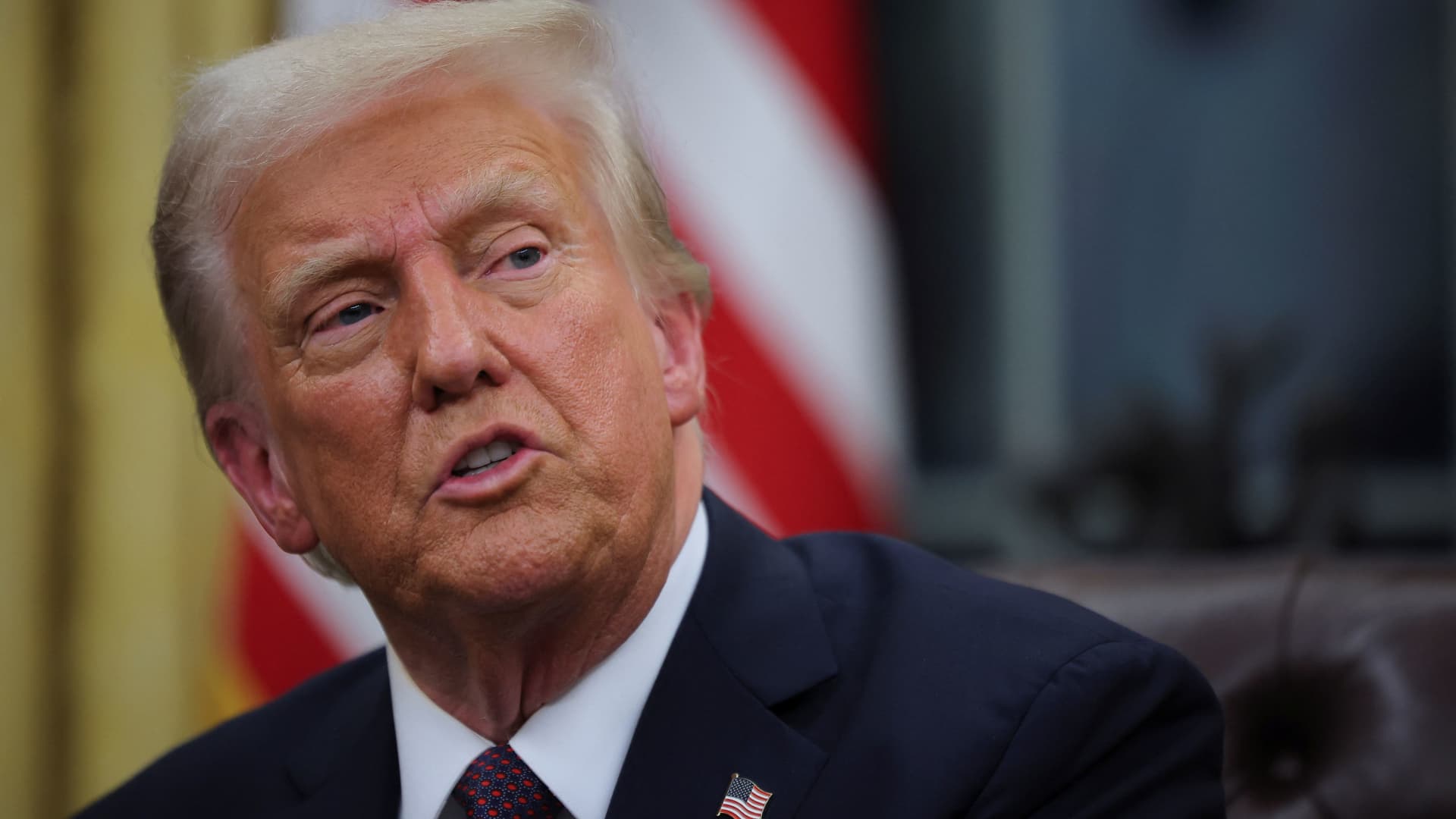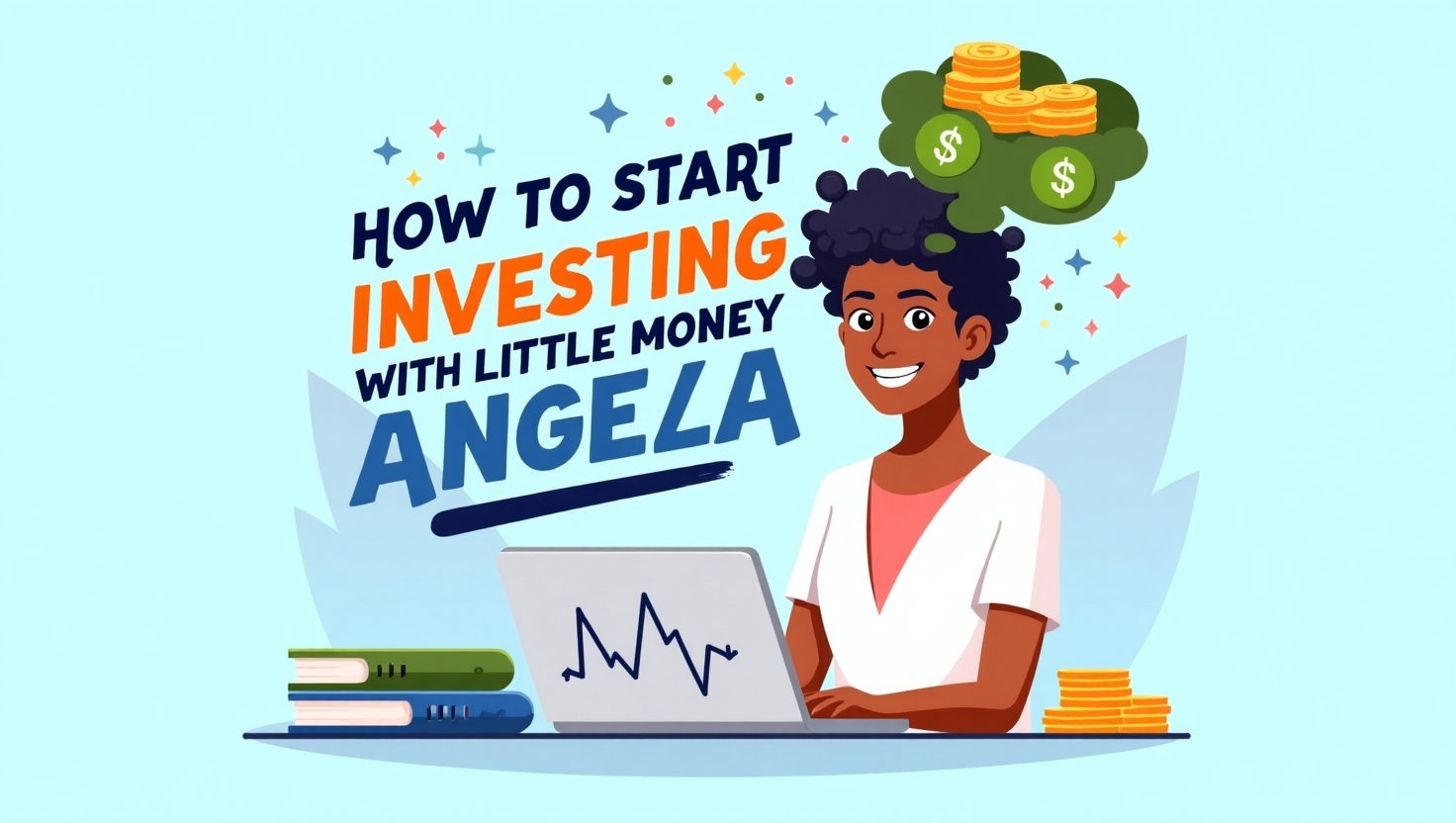How to Start Investing with Little Money in USA
Investing often sounds like a game reserved for the wealthy. When you hear the word “invest,” you might picture suits, stock tickers, and six-figure portfolios. But the truth is, you don’t need a lot of money to start investing in the USA. Even with just $10 or $50, you can start building wealth for your future.
If you’ve ever wondered how to start investing with little money in USA, this guide is your perfect starting point. Whether you’re a college student, a first-time earner, or simply someone looking to make your money work smarter, there’s an investing path for you.

1. Why You Should Start Investing Early – Even With a Small Amount
Starting small may seem pointless, but it’s not. In fact, it’s powerful.
Here’s why:
-
Compound interest: When you invest, your returns earn returns. That snowballs over time.
-
Time in the market > Timing the market: The longer your money stays invested, the better chance it has to grow.
-
Financial discipline: Getting started early builds good money habits.
Let’s say you invest just $50 a month at a 7% average annual return. After 20 years, you’ll have nearly $25,000—just from being consistent.
2. Overcoming the “I Don’t Have Enough Money” Myth
It’s a common belief that you need thousands to start. Wrong! Today, there are platforms where you can begin with as little as $1.
Modern investment apps and platforms have destroyed the entry barriers. These are called micro-investing platforms, and they’re a beginner’s best friend.
3. Best Ways to Start Investing with Little Money in USA
Here are smart, simple ways to dip your toes into the investing world:
a. Use Micro-Investing Apps
These apps let you invest your spare change or small amounts regularly.
-
Acorns: Rounds up your purchases and invests the change.
-
Stash: Allows you to invest in fractional shares and teaches you along the way.
-
Robinhood: Offers commission-free trades and fractional share investing.
All these apps are mobile-friendly, easy to use, and perfect for beginners.
b. Start with Fractional Shares
Can’t afford a full share of Amazon or Tesla? No problem.
Fractional shares allow you to buy a portion of a stock. So even if Amazon costs $3,000 per share, you can invest $5 or $10 and still own a piece of it.
Popular platforms:
-
Robinhood
-
Fidelity
-
Charles Schwab
-
Cash App Investing
c. Open a High-Yield Savings Account or Certificate of Deposit (CD)
If you’re extremely risk-averse or just getting comfortable with managing money, start here.
-
High-yield savings accounts (like those from Ally or Discover) offer better interest than regular savings.
-
CDs lock your money for a fixed term and earn guaranteed interest.
While not “investing” in the traditional sense, they’re a safe way to grow small savings.
d. Use Employer-Sponsored Retirement Plans (401k)
If your job offers a 401(k), especially with employer matching, don’t skip it.
-
Even contributing 1% of your salary gets you started.
-
Employer match = free money.
-
It’s automated and tax-advantaged.
If you’re self-employed, consider a Roth IRA or Traditional IRA—many brokerages let you open one with no minimum balance.
e. Invest in ETFs and Index Funds
Exchange-Traded Funds (ETFs) and Index Funds are great for small investors.
Why?
-
They provide instant diversification.
-
Low fees.
-
Some ETFs allow fractional investing.
Popular choices include:
-
Vanguard S&P 500 ETF (VOO)
-
SPDR S&P 500 ETF (SPY)
-
iShares Core U.S. Aggregate Bond ETF (AGG)
f. Try Real Estate with REITs
You might not have money to buy property, but you can invest in REITs (Real Estate Investment Trusts).
-
Some apps (like Fundrise) let you start with as little as $10–$100.
-
REITs pay dividends, meaning passive income potential.
4. How Much Money Do You Really Need?
Honestly? Even $5 can get you started.
Here’s a breakdown:
-
Acorns: $5 minimum
-
Robinhood: No minimum
-
Fidelity: $1 minimum for mutual funds
-
Stash: Starts at $1
-
Schwab: $5 minimum for fractional shares
It’s not about the amount—it’s about the habit.
5. Automate Your Investing
Once you decide how and where to invest, automate it.
Set up a recurring deposit—weekly or monthly. This makes investing effortless and ensures consistency. Many apps offer automatic roundups or deposits that align with your paycheck.
Bonus: You won’t even notice the money being invested!
6. Educate Yourself (But Don’t Wait Too Long)
You don’t need to be Warren Buffett to start investing. But some knowledge helps:
Top free resources:
-
Investopedia
-
YouTube channels like “Graham Stephan” or “Andrei Jikh”
-
Reddit forums like r/personalfinance
-
Podcasts like “BiggerPockets” or “The Motley Fool”
Still, don’t get caught in analysis paralysis. The best way to learn is by doing.
7. Set Investment Goals
Why are you investing?
-
Emergency fund?
-
Retirement?
-
Buying a home?
-
Financial freedom?
Set a goal and timeline. This determines how much risk you should take and what types of investments suit you.
8. Diversify, Even If It’s a Small Portfolio
Never put all your eggs in one basket—even if it’s a small basket.
With just $50/month, you can spread your money across:
-
40% Stocks (fractional shares or ETFs)
-
30% Bonds or REITs
-
20% High-yield savings
-
10% Crypto (optional and higher risk)
This protects you from market swings and balances your returns.
9. Avoid These Common Beginner Mistakes
-
Chasing “get rich quick” schemes
-
Ignoring fees – They eat into your profits
-
Falling for hype stocks (ahem, meme stocks)
-
Not doing any research
-
Panic selling during dips
Stay focused. Stay patient.
10. Don’t Underestimate the Power of Consistency
If you invest $25 a week, that’s $1,300 per year.
Invest that every year for 10 years with a 7% return, and you could end up with over $18,000.
Not bad for “little money,” right?
Conclusion: Start Small, Think Big
The idea that you need to be rich to invest is outdated. In today’s world, anyone with a smartphone and a few bucks can be an investor.
Remember, the secret sauce isn’t in having a ton of money—it’s in starting early, staying consistent, and being smart about your decisions.
So, if you’re wondering how to start investing with little money in USA, now you’ve got a roadmap. Don’t wait. Even your future self with a million-dollar portfolio had to start somewhere. Why not today?
FAQs
1. Can I really start investing with just $10 in the USA?
Absolutely. Many apps like Acorns, Stash, and Robinhood allow investing with as little as $1.
2. What is the safest investment for a beginner with little money?
High-yield savings accounts, CDs, and index funds like the S&P 500 ETF are considered safe for beginners.
3. Should I pay off debt before investing?
Ideally, pay off high-interest debt (like credit cards) first. But you can still start small with investing while clearing low-interest debts.
4. Is crypto a good investment if I have little money?
Crypto can be very volatile. If you’re interested, start small (under 5% of your portfolio) and only invest what you can afford to lose.
5. How often should I invest as a beginner?
Consistency is key. Weekly or monthly investments—even if small—can build a strong habit and solid returns over time.

